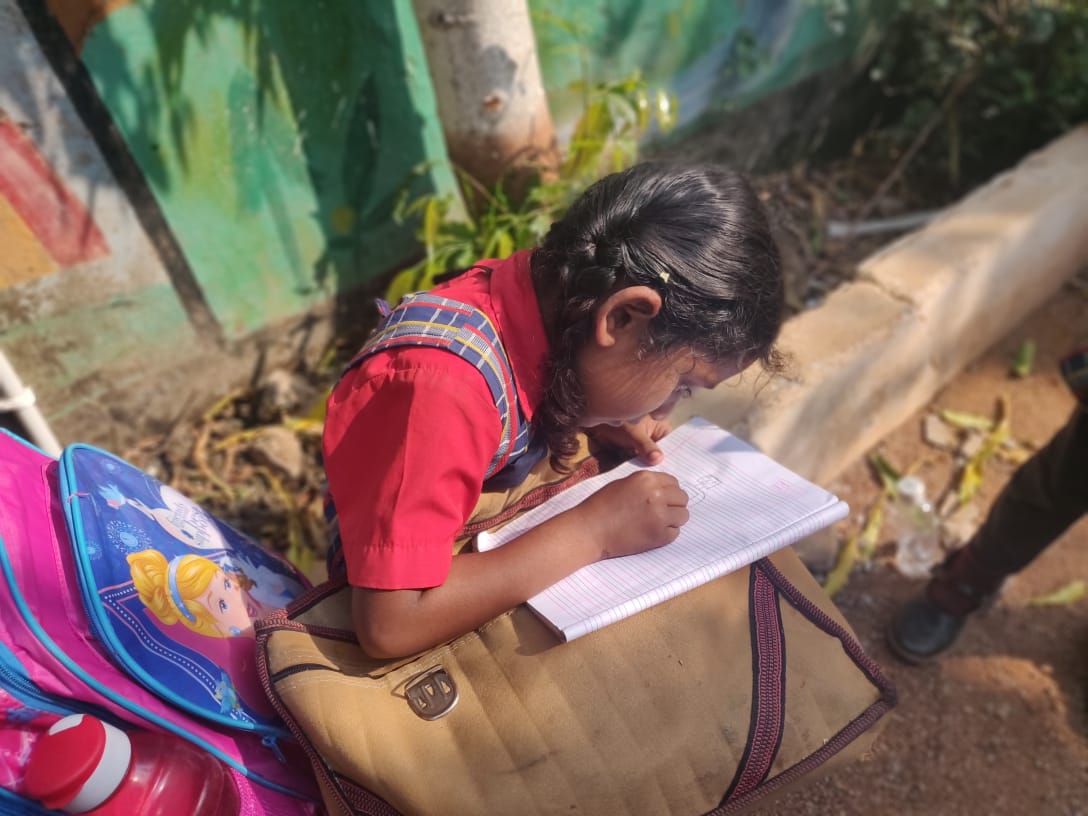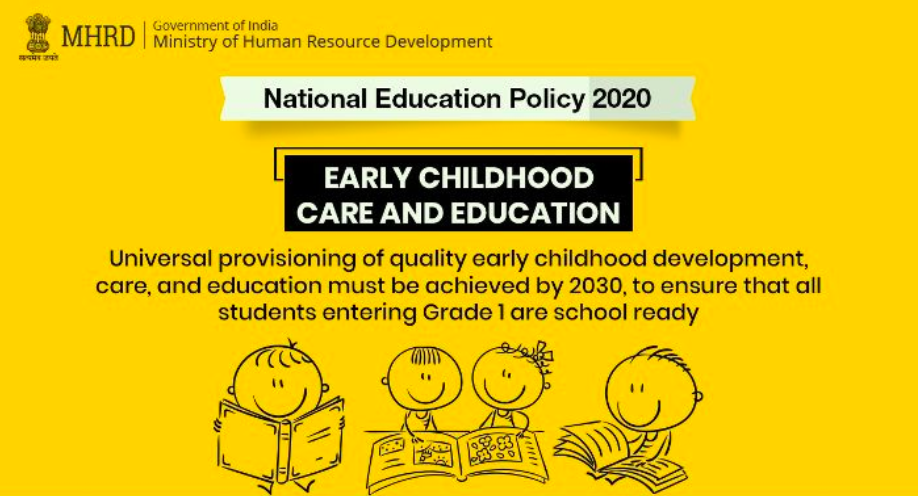COVID-19 exposes fissures in our education system that discriminates against rural kids
The Union Cabinet has recently approved the New Education Policy. However, a new policy may not be successful until the concerns of the poor kids are addressed. More so, in the current COVID-19 crisis.

On July 29, 2020, the Union Cabinet approved a New Education Policy (NEP) that has proposed drastic changes in the school and higher education. The Union education minister, Ramesh Pokhriyal, while announcing the NEP, described it as the beginning of a new era in the field of education and said it would be uniformly implemented across all Indian schools keeping the ‘diversity’ in mind. This new education policy has come after a long gap of 34 years. India has been following the National Education Policy of 1986 until now.
With this major announcement, the entire country started discussing the big changes this new policy is expected to bring in the education sector. It has widened the scope of Right to Education (RTE) from the earlier age group of six years to 14 years to now include children from three years to 18 years, paving the way for compulsory primary, secondary and senior secondary education.
As per the NEP 2020, children in classes I to V, and possibly up to class VIII, will now receive instructions in their mother tongue. The policy has talked about multi-disciplinary education, that is, a student may choose science as well as subjects of humanities and social sciences in classes X-XII and for graduation. One stream would be a major and another will be a minor under the new education system.

Amid this discussion on the new education policy, it is imperative to find solutions to the present, unprecedented challenge our education system is facing due to the ongoing coronavirus disease (COVID-19) pandemic, which has challenged the Right to Education Act by unveiling the inequality and inequity that existed at several levels in our education system.
Unquestionably, there has always been a vast difference between the quality of education offered to the rich vis-à-vis the poor and the lower-middle-class students. However, with schools being shut and classes being conducted online, the gap has further widened.
Recently, a 14-year-old boy in Tamil Nadu’s Cuddalore district died by suicide. He was studying in class 10th and needed a smartphone to attend the online classes conducted by the school in view of the pandemic. When his father could not buy him a smartphone, he allegedly killed himself.
Due to the loss of livelihoods in the ongoing COVID-19 crisis, children of the poor households are missing out on education. Many in rural areas are struggling to manage two meals a day. Therefore, kids are often not encouraged to pursue education. Besides, they don’t have the luxury of attending online classes or learning through their smartphones.

As classes have been discontinued due to the lockdown, many girls fear their parents may stop sending them to schools. The Indian government
has reportedly intervened to stop over 5,584 child marriages across the country during the lockdown. Other than child marriages, the threat of child labour and trafficking is also looming large. The children, especially boys, in poor and vulnerable families are being forced to go out and earn instead of attending the school.
“Our social fabric has several loopholes of which inequality is the most threatening one. The financial crisis triggered by the lockdown has forced the poor and Dalit families to push their children into child labour,” said Anuj Kumar Agrahari, a resident of Tirhut Bazaar in Sultanpur district in Uttar Pradesh.
Despite the struggles, many families worked double shifts to manage the education of their children but, the new concept of the online classes in the COVID-19 pandemic has left them helpless. They cannot afford smartphones and internet services for providing education to their children.
Take the case of 30-year-old Sunita, a farmer from the Dalit community, who hails from the same area as Agrahari. “My two sons and a daughter would regularly go to school before the lockdown. I was working hard to ensure they pursue education and move out of this poverty-stricken life. With lockdown and shifting of classes on computer and phones, I do not know what to do,” lamented Sunita who does not own a smartphone and fears her children will miss out on education in the ongoing crisis. “How will the children from poor families study now? The rich children will move forward and our children will be forced to work in the fields. This is unjust,” she added.
Shiv Chander Maurya teaches at Sri Sukhpal Inter College in Tirhut, Sultanpur and claimed most rural households do not have smartphones. They have mobile phones with “buttons”. “I try and stay connected with all my students through normal phone calls and text messages that do not require any internet or smart device. The students have the freedom of calling me back in case they face any issue,” said Maurya.
However, there are several rural children who are clueless about their education. “I came to know we will receive education through phone but nothing happened after that. I waited for a month and then decided to sell vegetables to help my family survive this crisis,” said Dinesh, 11, who studied at a primary school in Rampur village. Will Dinesh go back to schooling once the pandemic subsides and schools reopen?
The importance of poor children’s education is reduced to the availability of a smartphone. New education policy may not be successful until we start considering problems of the poor. They need equal, equitable and just opportunities to move forward. More so, in times like these.
The article has been source from charkha.org

